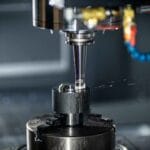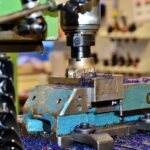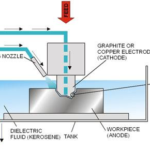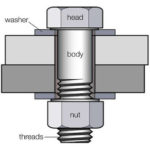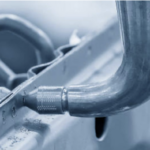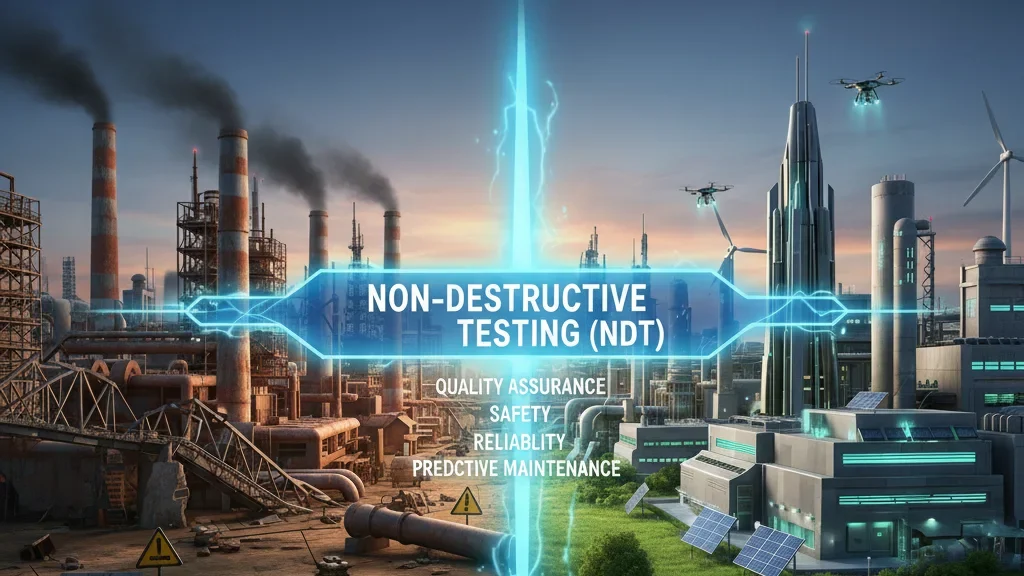
Safety, reliability, and efficiency are non-negotiable in today’s industrial world. From aerospace to construction, the demand for high-quality materials and structures has never been greater. One of the most effective ways to meet this demand is through non-destructive testing, or NDT. This is a group of techniques that allow inspection and evaluation without causing damage to the component being tested.
What Is Non-Destructive Testing?
Non-destructive testing refers to methods used to examine materials, parts, or systems without altering their integrity or usefulness. Unlike destructive testing, which breaks down a sample to assess its properties, NDT enables repeated inspections on the same component. This makes it invaluable in industries where the cost of replacing parts is high, or where safety is critical.
Why NDT Is Essential
The importance of non-destructive testing can be summed up in three words: safety, quality, and efficiency.
- Safety: By detecting cracks, flaws, or weaknesses before they lead to failure, NDT prevents accidents and saves lives. In sectors like aviation or energy, early detection can mean the difference between normal operation and catastrophic failure.
- Quality: Manufacturers can ensure that their products meet strict standards, reducing the risk of defects reaching the customer.
- Efficiency: Because the tested parts remain intact, businesses save money on replacements and downtime, making operations smoother and more cost-effective.
Common Methods of Non-Destructive Testing
Several techniques fall under the umbrella of NDT, each suited for different materials and Applications:
- Ultrasonic Testing (UT): Uses high-frequency sound waves to detect internal flaws
- Magnetic Particle Testing (MT): Reveals surface and near-surface defects in ferromagnetic materials
- Radiographic Testing (RT): Employs X-rays or gamma rays to examine internal structures
- Dye Penetrant Testing (PT): Highlights surface cracks and imperfections using liquid dyes
- Visual Inspection (VT): The simplest form, involving trained professionals carefully examining components
These techniques can be combined or adapted depending on the industry requirements, ensuring thorough evaluation.
Applications Across Industries
NDT is a cornerstone of many modern industries because of its benefits. Not every company that offers these services will cater to every industry, but here are a few examples of use in different industries.
- Aerospace: Aircraft components undergo rigorous NDT to detect micro-cracks or weaknesses that could compromise safety
- Oil and Gas: Pipelines and storage tanks are regularly tested to prevent leaks or ruptures
- Construction: Bridges, buildings, and other structures are monitored for signs of wear and damage
- Automotive: Vehicle parts are checked to meet safety and performance standards before reaching the market
- Power Generation: Nuclear plants, wind turbines, and other facilities rely on NDT to maintain safe operation
By providing early detection of flaws, NDT ensures compliance with regulations and supports industries in maintaining their reputations for safety and quality.
As technology evolves, so do the methods. Automation, robotics, and artificial intelligence are increasingly used to enhance precision and speed. Digital recordkeeping allows industries to track component history and plan maintenance more effectively. With these advancements, NDT will continue to play a critical role in reducing risks and improving performance across sectors.
Final Thoughts
Non-destructive testing helps industries maintain safety, deliver high-quality products, and save valuable time and resources. By adopting NDT practices, businesses can stay ahead of potential failures while protecting both people and investments. In a world where reliability is key, it is certainly an indispensable tool for modern industries.

